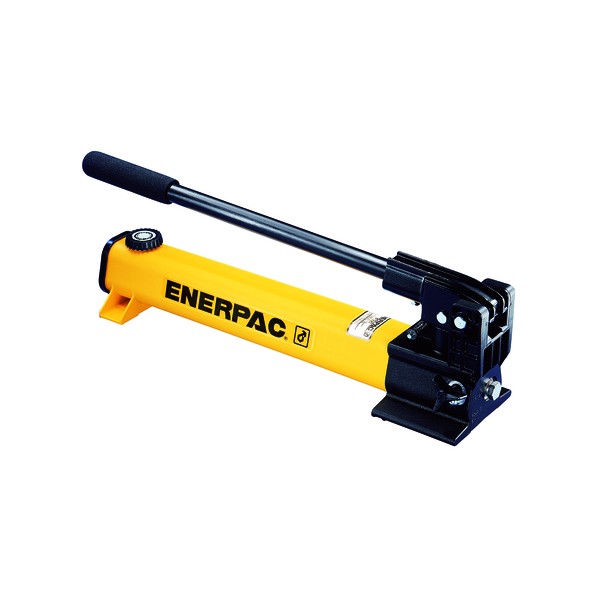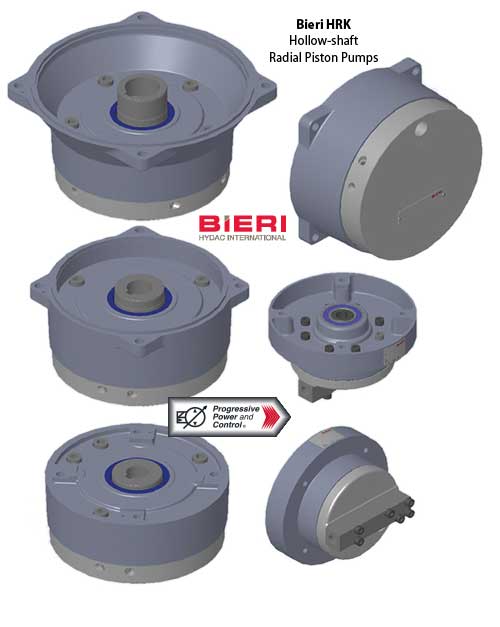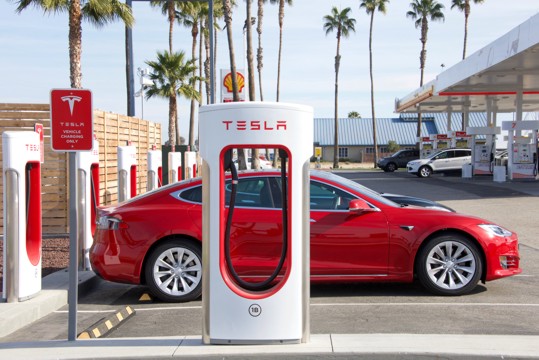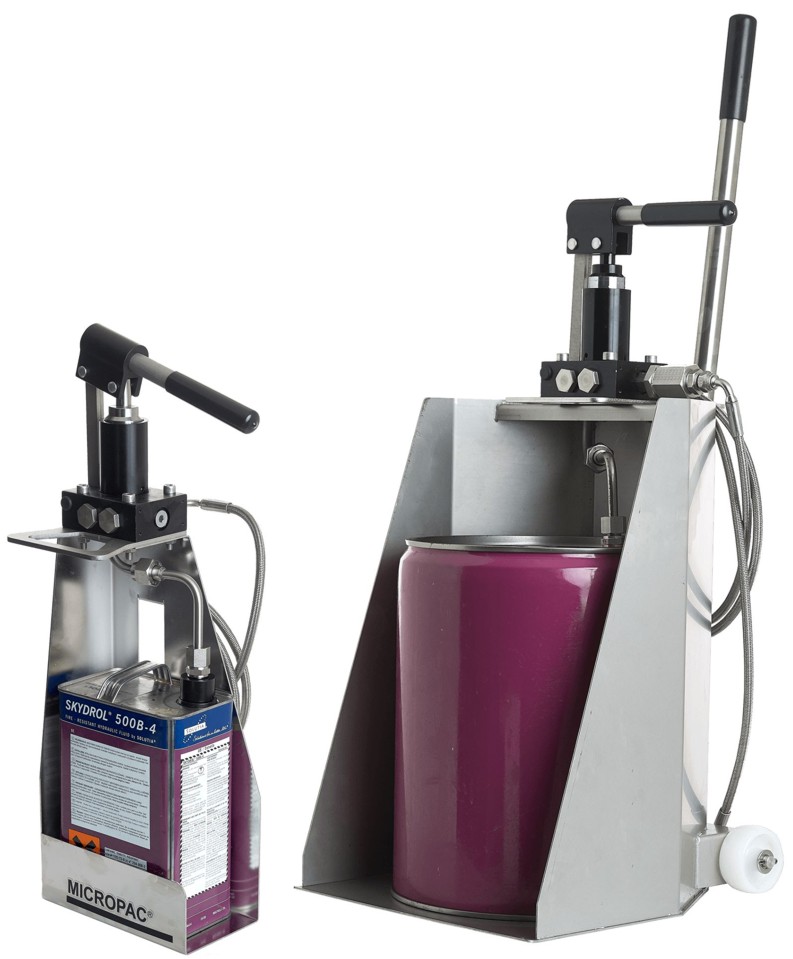If 700 bar very high pressure hydraulics cuts mass and space envelope, is it the future for hydraulic systems?
Jacking and work holding hydraulics at 700 bar from the likes of Enerpac, Hi-Force and Power Team has carved out a massive global business. This international “standard” of 700 bar equipment must have been used for 50 years and there is just such an enormous range of equipment from lots of manufacturers. Jacking, work holding, tensioning, punching, swaging and hundreds other applications run everyday throughout the world on 700 bar or even higher pressures.
So why does a dust cart not run at 700 bar? I think that there are a number of reasons.
“Why bother?” A colleague said to me “why would you bother?” That might well be the nub of it. There has got to be a very good reason. Going back to Enerpac and Hi-Force, the big driver on jacking and work holding is cutting the mass on cylinders that you are carrying around. Making 700 bar high tonnage cylinders easily portable when previously 200 bar cylinders would have been ENORMOUS was a big breakthrough. Add on the incredible developments over the last 30 years in tooling and machine tools to allow you to machine truly difficult materials and demanding designs economically, you have seen wider application of lighter equipment and lower costs. That was undoubtedly the big issue for jacking and work holding people that 700 bar sorted.
If the potential benefits are cutting mass dramatically and reducing the space envelope, who might be keen? Ultimately, you would have thought quite a few people. You only need to look at how the automotive industry has embraced using aluminium and even composites to cut mass. Even the rail industry quotes staggering figures for the cost of energy per year in carting around an extra ten kg of mass. The economics of the whole civil aviation industry are based on the cost of fuel which in turn reflects the mass that you are flying around the world.
What are the challenges that you are fighting?
System complexity and available cheap components. The range of inexpensive mainstream commercial hydraulic components at 200 or 250 bar is massive and you would be very pushed to achieve the functionality that we take for granted in hydraulic circuits once you aim for 700 bar. You just won’t find ranges of cartridge valves at different flow rates at 700 bar. Maybe it is simplistic, but you have nothing like the complexity that we see everywhere on lower pressure circuits in the likes of your Enerpac type equipment.
Valve and circuit component design. If you did set out to try to run at this high pressure, you would find that some lower pressure techniques just don’t work at high pressures. Are you just battling with too many components that work brilliantly and cheaply at lower pressure, but just have to be done differently at considerably higher cost at 700 bar? Furthermore, once you start moving to high power systems 700 bar just is not a goer.
Cost and benefit. I suppose that the bottom line is that for the vast majority of commercial hydraulic systems, the cost and benefit driver just is not there at present. It just is not worth it. I suspect that even where on the face of it “it is worth it”, people just don’t go there.
Safety. On top of that, safety is a big issue on 700 bar systems. Leaks or failures at high pressure are inevitably more dangerous than 200 bar. High flow rates at very high pressures would be very unattractive. Although 200 bar leaks are a risk, move to 700 and you are into the realms of the pressures used in water jet cutting.
All this said, 700 bar or “higher pressure” systems offer big savings in mass. Certain industries and applications with complex systems have migrated to higher pressure for this reason. They have weighed up the costs, benefits and technical challenges and made it work. For example, the Airbus A380 made the ground breaking jump from 207 bar/3000 psi to 340 bar/5000 psi hydraulics.
Will you find that a particular industry migrates to 700 bar and innovations feed into “commercial” hydraulics? Possibly the attraction of running at these high pressures will trickle down? Certainly, you would imagine that manufacturers such as Parker and Eaton would spot an opportunity to push higher pressure equipment somewhere in their massive range of products and industries if there was commercial benefit in doing so. Could you imagine, for example, Parker finding a strong commercial OEM application that would adopt 700 bar and slowly a core of 700 bar components grows? Is there any comparison with Danfoss and water hydraulics where there is a specialist market for complete systems with a level of complexity? Would there always be a massive price premium if it remained specialist? Yes, probably.
Whatever the problems and challenges, we predict a migration to higher pressures over time.
For years, people have used our Sarum Hydraulics Micropac hand pumps and pressure test equipment over the whole range of pressures from 0.7 bar up to 700 bar. Look at www.sarum-hydraulics.co.uk to see what we do. Know exactly what you want? Buy on-line on www.pumpshoppro.com .








A very indepth blog you have here. Keep up the good work.
We are Leading Manufacturers, Exporters, Suppliers, Distributors of Hydraulic Torque Wrench, Impact Socket, Torque Multipliers ,Backup Wrench ,Slugging Wrenches, Pneumatic Impact Wrench in Mumbai, India. Get Quote Now! Get more details please visit here : https://www.torcstar.com/index.php